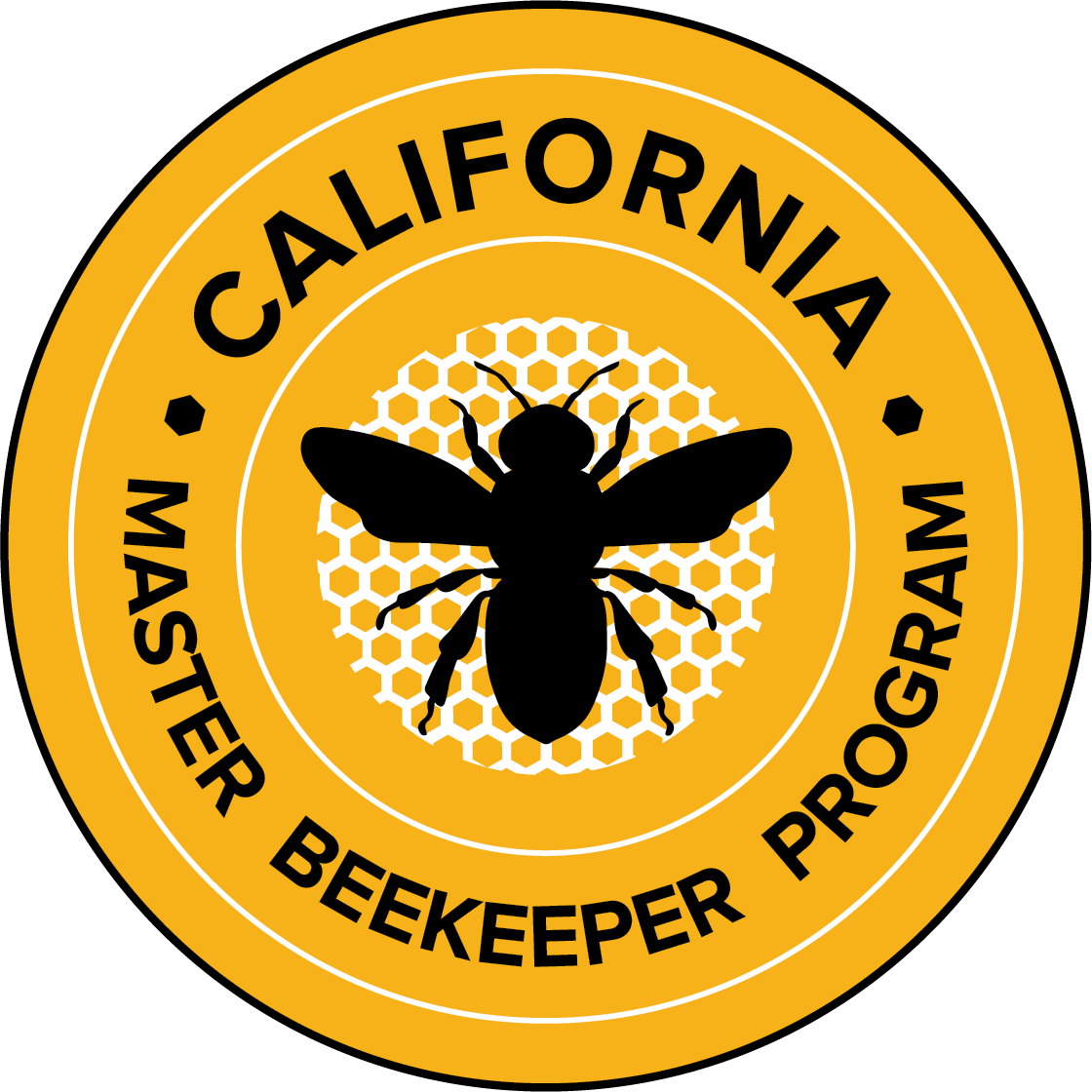Whether you are a beekeeper, homeowner, or simply someone who cares about pollinators, there are actions you can take to support bees and other pollinators.
This page focuses on pesticides that adversely affect bees but are intended for other organisms. If you would like information about miticides used by beekeepers to control pests like the varroa mite, please explore the Apiary Management section of our Knowledge Base.
Important Points
- Always read and follow the pesticide label. The label is the law.
- Register your apiary with the state (BeeWhere) and be notified of pesticide applications.
- Some pesticides used in and around the hive can impact hive products (like wax and honey).
Framing the Discussion
Pesticides play an important role in agriculture and public health. For example, they may protect endangered trees from invasive beetles or safeguard crops from destructive pests. However, pesticides also carry risks and can impact non-target organisms like pollinators and contribute to resistance problems through overuse.
Pesticides and Beekeeping
What is a pesticide? A pesticide is a substance used to control unwanted plants, insect pests, rodents, or plant diseases. Types include: herbicides, insecticides, rodenticides, and fungicides. Of these, insecticides generally pose the greatest risk to bees. Pesticides are a primary threat for all bees, not just honey bees.
Why are bees especially vulnerable? Bees are threatened because pesticides are widely used across farmlands, urban and suburban areas as well as wild habitats. As most forage is gathered within a mile or two of the hive, and bees visit several forage sources in a season, beekeepers often do not have control or visibility over feed sources, making the threat of pesticide exposure constant and unpredictable.
Prevention
- Sign up for spray notifications. Register your hives with the state of California (BeeWhere). Grower and pesticide applicator use the BeeWhere system to check for registered honey bee hives within a mile of the planned pesticide application site. Beekeepers have the option to be notified by phone or email (optionally anonymously) of sprays 48 hours prior to application. Individuals, corporations, and local mosquito/vector control units are required to file a Notice of Intent with their County Agricultural Commissioner (CAC).
- Encourage accountability. In California, anyone applying restricted materials (such as certain insecticides or fumigants) must hold the proper certification: a Private Applicator Certificate (PAC), a Qualified Applicator Certificate (QAC), or a Qualified Applicator License (QAL). If restricted materials are being applied without the appropriate license, you are encouraged to contact your County Agricultural Commissioner (CAC). For more information, please visit the California Department of Pesticide Regulation website.
Usage
Using proper application practices when applying any pesticide is important in keeping pollinators (and people) safe. There are a variety of pesticides available that unintentionally damage bee health. A very simple action can make a major impact in the safety of pesticides:
Always follow the label each time you apply pesticides, and check the expiration date. Product instructions may change as new versions are released. Always follow the information on the label, as it takes priority over other sources (except direct guidance from the manufacturer).
We recommend using the UC IPM Pesticide Lookup Tool to review pesticide effects on bees and bee products.
Identifying and Documenting Exposure
Adverse pesticide exposure can present itself in a variety of ways at both the individual bee level and colony level. Often these symptoms overlap with other potential causes. The most common symptoms are:
- Trembling, twitching, or spinning in circles
- Disorientation and inability to fly
- Paralysis or sluggishness
- Distended abdomens or regurgitation of nectar
- Shortened lifespan
- Several hundred dead bees at the hive entrance (“bee kill” events)
- Sudden disappearance of foragers (bees don’t return from the field)
- Reduced brood pattern (gaps or “shotgun” brood because nurse bees are poisoned or larvae are dying)
- Queen loss or supersedure (queen becomes infertile, weak, or is killed)
- Weakened colonies that dwindle rapidly after an otherwise healthy season
Reach out to your County Agricultural Commissioner (CAC) and describe your symptoms (see list here). Ask about recent sprays and if other beekeepers are reporting similar situations.
Identify the pesticide. There are labs available to send your bees to analyze for presence of pesticides (and other items like diseases). As soon as possible, take samples of dying bees, fresh dead bees, and fresh bee bread. Put the samples in a freezer or on dry ice. Labs that often offer mail-in pesticide testing include:
- Gastonia USDA National Science Laboratory (North Carolina)
- Synergistic Pesticide Laboratory (Oregon)
- Cornell Chemical Ecology Core Facility (New York)
Document exposure by taking photos/videos and recording dates/times and conditions around the loss. Documentation is important as evidence of damage and to help identify the type of pesticide used.
Remediation
Once exposure is suspected, it's important to immediately minimize additional exposure by:
- Closing entrances or restrict flight. Use entrance reducers or wet burlap/ventilated screens to keep bees in the hive during application hours. Do not completely seal hives (they still need airflow).
- Covering hives with wet burlap, bed sheets (unscented), or shade cloth. Protects from direct spray drift. Must remain breathable and not overheat the colony.
- Moving hives out of the spray area (if practical). The most effective but also disruptive. Should be done at night when bees are inside, and moved at least 2 miles to prevent return flights.
- Providing clean feed/water. Contaminated water sources can be a major exposure route. Provide alternate protected water sources (with float sticks or wet burlap).
Bee health, hive products and human health can be negatively impacted by pesticides. Please use them responsibly by following the label. Protect your bees from exposure by registering with the state (BeeWhere).
